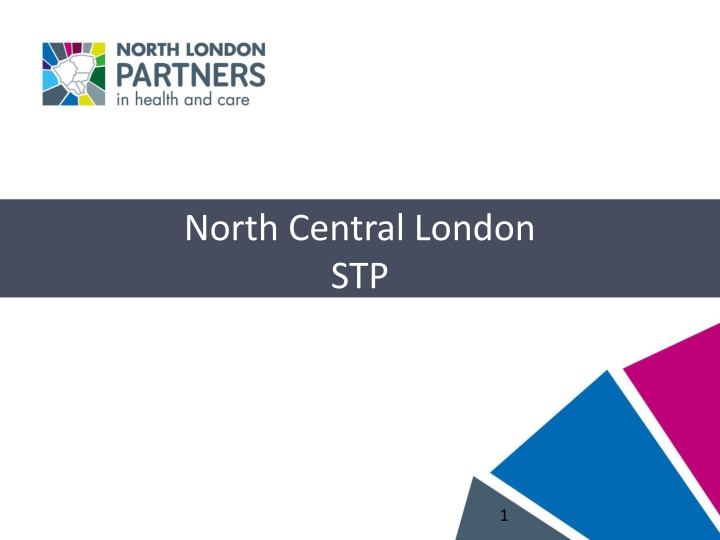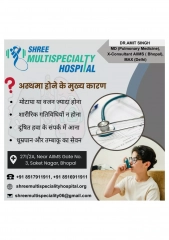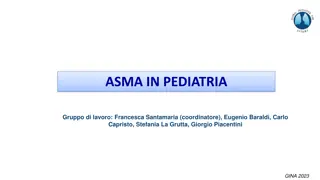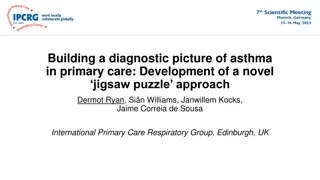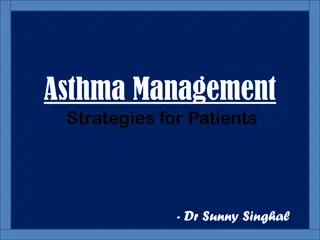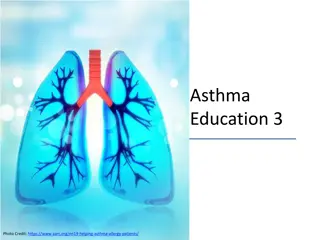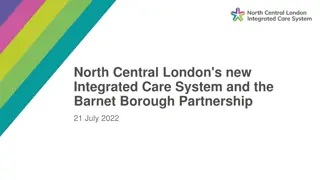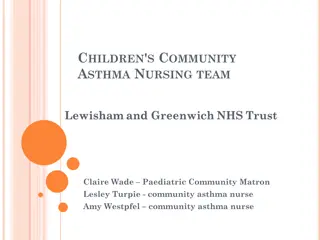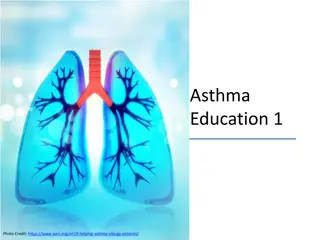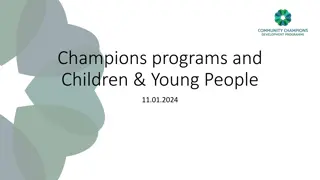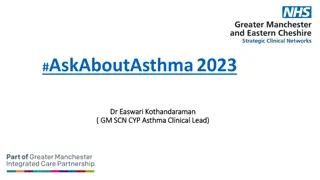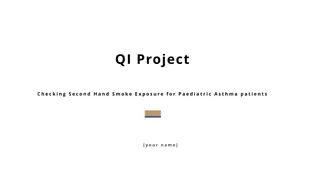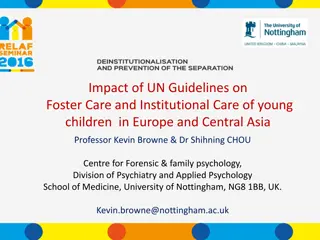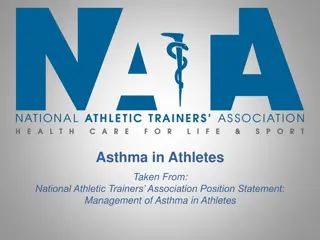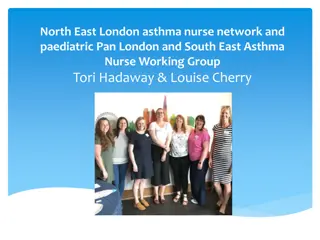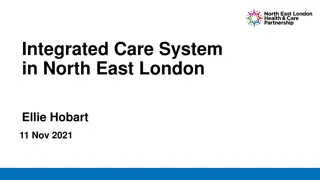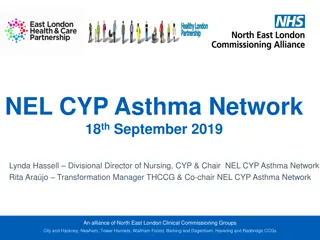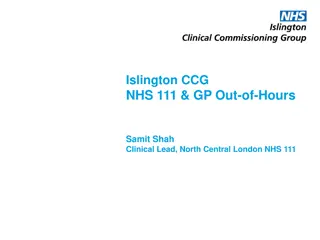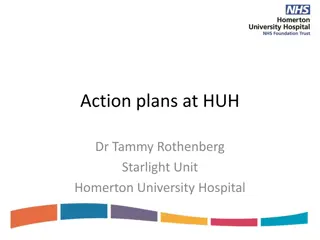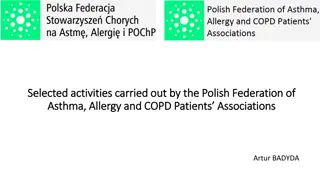Improving Asthma Care for Children and Young People in North Central London
Addressing the challenges of asthma care for children and young people in North Central London, the initiative aims to reduce health inequalities, improve outcomes, and enhance quality services. By focusing on prevention, timely treatment, and system-wide collaboration, the program seeks to empower families and individuals affected by asthma to lead healthier lives. Through a shared vision and targeted support, the project endeavors to make a positive impact on the well-being of the community.
Download Presentation

Please find below an Image/Link to download the presentation.
The content on the website is provided AS IS for your information and personal use only. It may not be sold, licensed, or shared on other websites without obtaining consent from the author.If you encounter any issues during the download, it is possible that the publisher has removed the file from their server.
You are allowed to download the files provided on this website for personal or commercial use, subject to the condition that they are used lawfully. All files are the property of their respective owners.
The content on the website is provided AS IS for your information and personal use only. It may not be sold, licensed, or shared on other websites without obtaining consent from the author.
E N D
Presentation Transcript
North Central London STP 1
Children & Young People and Asthma Prevalence of asthma understood to be 10% across CYP population. Increasing A&E admissions for C&YP with asthma, particularly those under 5 in Haringey and Islington. Further compounded by rising C&YP populations. Thought that up to 75% admissions might have been avoidable (+1000 admissions) Poorer children 2.5 times more likely to be admitted to hospital in relation to asthma, high levels of deprivation in areas across NCL. Poor housing (Inc. fuel poverty, damp, overcrowding and temporary accommodation) can make respiratory conditions up to 3 times more likely. Nationally, damp will affect approx. 4% of housing stock, even more for social housing and private rented. Air Pollution known to affect C&YP with asthma, with significant emphasis from Mayor of London on London-wide initiatives. 3
Our Vision for Children & Young People with asthma in North Central London To support children, young people and families with asthma to receive the appropriate treatment, at the right time and enable them to remain as well as possible. Our design principles 1. Improving health and social outcomes 2. Whole system approach (shared vision) 3. Reducing health inequalities (targeted support) 4. Prevention (managing demand) 5. High quality services (effective and efficient) 6. Responsive (right time, accessibility) 7. Local provision (empowerment and choice) 4
Asthma work in North Central London - Articulating a shared challenge - Acknowledging that a system response is required - Working as a partnership - Developing our aspirations together 5
NCL to date - Significant work locally and across borough boundaries - HLP Peer review, helped to articulate the challenges across the system - Stronger partnership engagement from across the system 6
Next steps - Consolidate work to date and gather the learning (from NCL and from other partnerships) to inform plans - Developing a system-wide logic model - Detailed delivery planning - Implement Monitor Learn - Repeat 7
